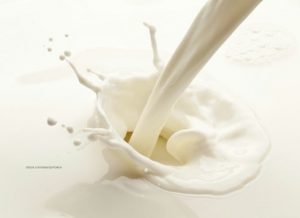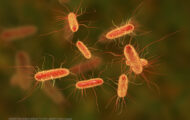Making the sale of raw milk legal in Maryland has prompted the Maryland Department of Legislative Services to conduct a study on the cost of illness investigations and outbreaks. The analysis predicts that sporadic raw milk-linked outbreaks in that state would increase from almost none to 100 to 165 per year if the product becomes legal to sell. Outbreaks, where at least two unrelated individuals become sick with the same strain of bacteria, would increase to two to four per year. Those outbreaks would increase the cost of government by at least $66,000 in FY 2015, up to $95,000 by FY 2019.
 When an outbreak occurs, local and state public health officials must launch an investigation. These investigations are costly in terms of time and money. The Department of Health and Mental Hygiene in Maryland would need to hire an additional employee to investigate and respond to these outbreaks. In addition, spending on additional laboratory testing materials will be necessary.
When an outbreak occurs, local and state public health officials must launch an investigation. These investigations are costly in terms of time and money. The Department of Health and Mental Hygiene in Maryland would need to hire an additional employee to investigate and respond to these outbreaks. In addition, spending on additional laboratory testing materials will be necessary.
An epidemiologist spends 40 hours to fully investigate an outbreak. Costs include interviewing patients, examining evidence, recalling products, and coordinating with labs and other health departments. Lab samples cost $100 each. And current losses in federal funds and grants for scientists and supplies means that the administration is currently understaffed and underfunded. If the number of outbreaks is larger than the estimate, health departments will likely have to hire additional employees to handle the caseload.
At this time, no one can sell raw milk for human consumption in Maryland unless it is sold by a milk producer to a milk processor, or for the sale of farmstead cheese. Any seller, processor, or producer of milk has to have a state permit with a grade A or manufactured grade classification, with an inspection to determine whether the operation conforms to rules and regulations.
The USDA and CDC say there is no meaningful nutritional difference between raw milk and pasteurized milk. In addition, raw milk can contain harmful bacteria that may cause illness or death, including E. coli O157:H7, Salmonella, Listeria monocytogenes, Campylobacter, and Brucella. Between 1998 and 2011, there were 148 illness outbreaks linked to raw milk. Last year there were four Campylobacter outbreaks linked to raw milk in four months in the U.S. The medical cost of one E. coli O157:H7 illness, with HUS and loss of kidney function, can be up to $6 million.
At this time, 30 states in the U.S. allow consumers to purchase raw milk. In the other 20 states, consumption of raw milk is prohibited.




